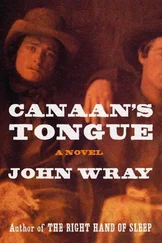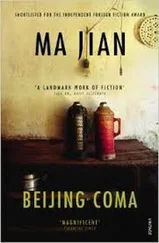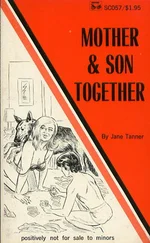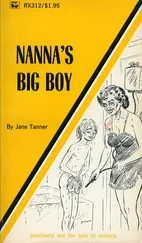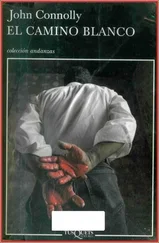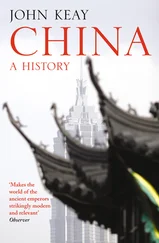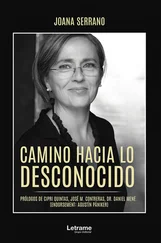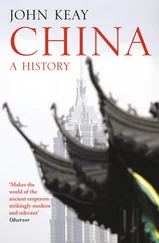Toomer arrived in the South during a period of profound transformation. He witnessed firsthand the ebb and flow of the Great Migration. Beginning in the 1890s and then picking up the pace in 1915, African Americans were leaving rural communities like Sparta for the urban centers of the South, first, and then the North, in search of expanding industrial economic opportunities, and a less repressive racial climate. As they left the southern agrarian way of life for modernity in the cities, some also sought to distance themselves from their slave past and its cultural traditions, which they regarded with a mixture of contempt, shame, and obsolescence. Regarding the “folk-songs and spirituals,” Toomer lamented, “I learned that the Negroes of the town [Sparta] objected to them. They called them ‘shouting.’ They had victrolas and player-pianos. So, I realized with deep regret, that the spirituals, meeting ridicule, would be certain to die out. With Negroes also the trend was towards the small town and then towards the city — and industry and commerce and machines. The folk-spirit was walking in to die on the modern desert. That spirit was so beautiful. Its death so tragic.” 111
The poignancy of the passing of an era and the folk culture that defined it is a central theme of Cane. The speaker of “Song of the Son” exquisitely expresses this fateful sense of timing: “O land and soil, red soil and sweet-gum tree, / So scant of grass, so profligate of pines, / Now just before an epoch’s sun declines / Thy son, in time, I have returned to thee….” 112In a subsequent line, the speaker explains why he has returned to the land of his ancestors: “To catch thy plaintive soul, leaving, soon gone….” 113This was Toomer’s own purpose, too, in writing Cane, to bear witness to the passing of an epoch: “And this was the feeling I put into Cane. Cane was a swan-song. It was a song of an end. And why no one has seen and felt that, why people have expected me to write a second and a third and a fourth book like Cane, is one of the queer misunderstandings of my life.” 114It is difficult to imagine that Toomer could be unaware that this urging that he write “a second and a third and a fourth book like Cane ” stemmed both from that book’s majesty and power and from his repeated failure to create anything that remotely approached it in sophistication throughout the remainder of his life, as he fruitlessly sought to find a language to express what being “neither white nor black” actually meant, without the soul-base of region that the deep black South had provided him in Cane.
At the end of his appointment in Sparta, Toomer wrote that on “the train coming north I began to write the things that later appeared in that book [ Cane ].” 115As we have mentioned, he completed the first draft of “Kabnis,” the dramatic piece that composes the third section of Cane, in December 1921 in the last weeks of Pinchback’s life. Toomer then wrote “Fern,” which according to Kerman and Eldridge, would be published “almost without revision.” 116By April 1922 he had composed the parts of Cane in which Georgia is predominant. Having written so much, Toomer realized he had much more to write: “But I had not enough for a book. I had at most a hundred typed pages. These were about Georgia. It seemed that I had said all I had to say about it. So what, then? I’d fill out. The middle section of Cane was thus manufactured.” 117
The middle section of Cane began with “Bona and Paul,” the story Toomer wrote in 1918 during his second stay in Chicago. He wrote many of the other stories and poems in this section throughout the summer of 1922. In July 1922, Toomer wrote to Waldo Frank and John McClure, editor of the New Orleans — based journal Double Dealer , to share with them his vision of the content and organization of Cane. Even at this early date, he imagined a book with a three-part structure. Toomer wrote that Part 1 would consist of all of the prose works in which Georgia is the setting; this first section he called “Cane Stalks and Choruses.” Part 2 would consist of his poems, and at the time was entitled “Leaves and Syrup Songs.” The third and final section would be prose works that now form the second section of Cane, and this section he entitled “Leaf Traceries in Washington.” 118Toomer was eager to assemble the various parts of his book into a unified whole for, as he declared to Frank and McClure, the “concentrated volume will do a good deal more than isolated pieces possibly could.” 119
Toomer’s outline constituted a change of strategy. In the spring of 1922, he had sought help with publication of his work from two black writers: Alain Locke, professor of philosophy at Howard, and Claude McKay, the Jamaican immigrant poet who would be cast by Locke as a rising star, along with Toomer, among the younger generation of writers of the Harlem Renaissance. Locke had enormous influence within the black cultural world, and McKay was the associate editor of the white, socialist periodical, the Liberator. 120Toomer wrote to them seeking their assistance in publishing the stories and poems that would eventually be published in Cane. As a result, Toomer’s first and second appearances in print were in a black publication; with Locke’s aid, “Song of the Son” was published in April 1922, in Crisis , the national monthly magazine of the National Association for the Advancement of Colored People, edited by Du Bois. This was followed by the publication of the poem “Banking Coal” in the June issue of Crisis.
The outcome of Toomer’s efforts to promote his work with McKay yielded slightly more in the way of results. McKay accepted “Carma,” “Reapers,” and “Becky” and published these in the September and October issues of the Liberator. Toomer enjoyed similar good fortune with other magazines. By the end of 1922, his growing list of publications included “Storm Ending,” “Calling Jesus,” and “Harvest Song” in Double Dealer ; “Face,” “Portrait in Georgia,” and “Conversion” in Modern Review ; and “Seventh Street” in Broom. In addition to appealing to Locke for guidance in publishing his writings, Toomer also solicited his assistance in securing a patron to support him as he continued to write Cane. Although a patron never materialized, Locke, who functioned as the midwife to so many young black writers, did exert himself on Toomer’s behalf. 121
As his poems and short stories began to appear, Toomer traveled with Frank back to the South, this time to Spartanburg, South Carolina. Toomer suggested the weeklong visit to Frank, in the fall of 1922, as a means of helping him to solidify his vision of the black world so central to Holiday, his novel-in-progress. Traveling as “blood brothers,” the trip strengthened the friendship between the two writers as well as their shared belief that out of the materials of the black folk experience they were creating a new art that would transform American literature. 122At a crucial point in their developing friendship, Toomer expressed just this view to Frank: “I cannot think of myself as being separated from you in the dual task of creating an American literature, and of developing a public, however large or small, capable of responding to our creations. Those who read and know me, should read and know you.” 123
When Toomer returned from Spartanburg, he worked for two weeks as an assistant to the manager of Washington’s all-black Howard Theater. Out of this experience he wrote “Theater” and “Box Seat,” 124and these beautifully written but nevertheless searching critiques of black middle-class Washington would appear in the middle section of Cane. Toomer sent these stories to Frank for his comments. Encouraged by his response, he sent Frank the complete manuscript of Cane in December 1922. He enclosed the now famous, widely quoted letter that reveals the latent design and theme of Cane : “My brother! CANE is on its way to you! For two weeks I have worked steadily at it. The book is done. From three angles, CANE’s design is a circle. Aesthetically, from simple forms to complex ones, and back to simple forms. Regionally, from the South up into the North, and back into the South again. Or, from the North down into the South, and then a return North. From the point of view of the spiritual entity behind the work, the curve really starts with Bona and Paul (awakening), plunges into Kabnis, emerges in Karintha etc. swings upward into Theatre and Boxseat, and ends (pauses) in Harvest Song. Whew!” 125Elated and expectant that the book he had carried so long in his head would soon be in the world because of the support of his best friend, Toomer provided Frank with clues as to the structure of a work that would generate debates among scholars about its formal identity for decades: “You will understand the inscriptions, brother mine: the book to grandma; Kabnis, the spirit and the soil, to you…. Between each of the three sections, a curve. These, to vaguely indicate the design. I’m wide open to you for criticism and suggestion. Just these few lines now…. love Jean.” 126
Читать дальше



